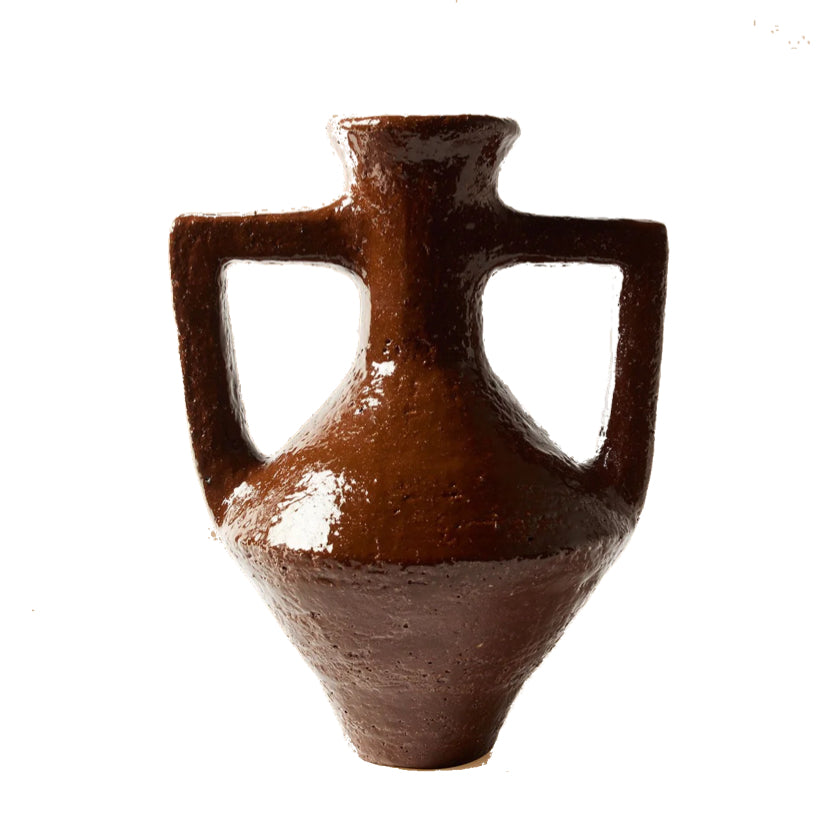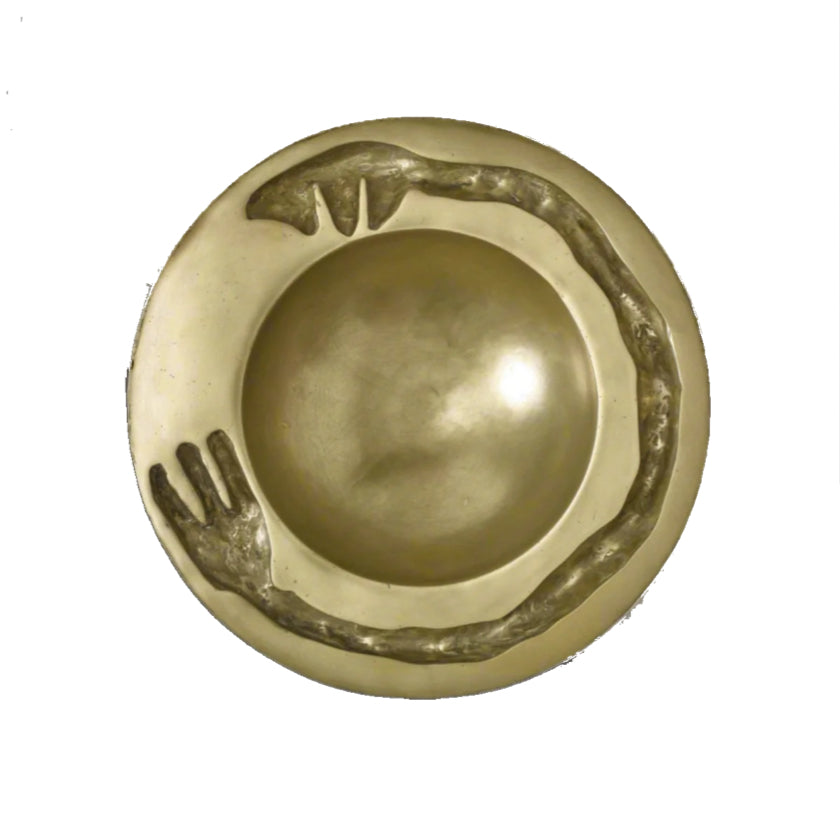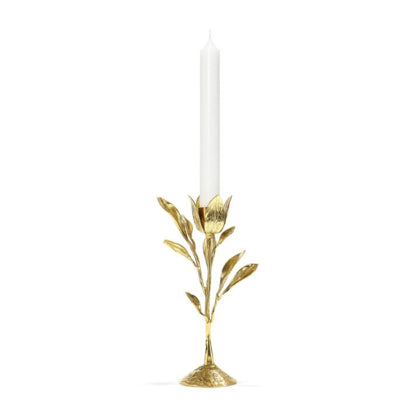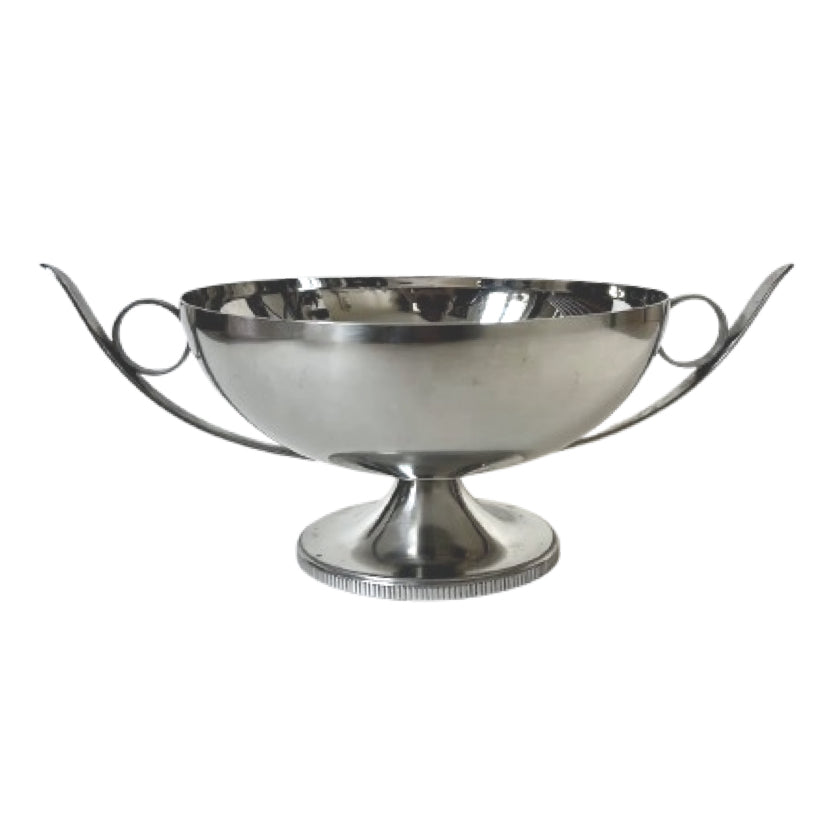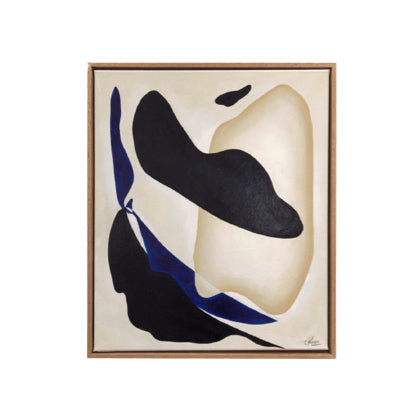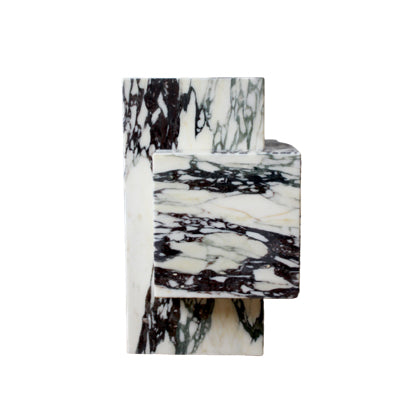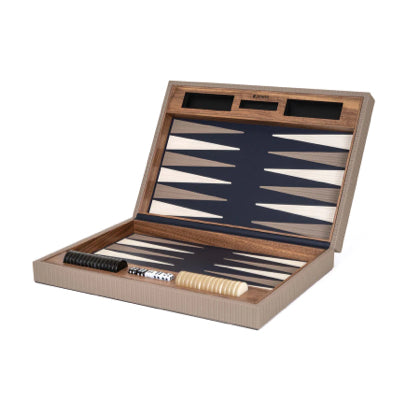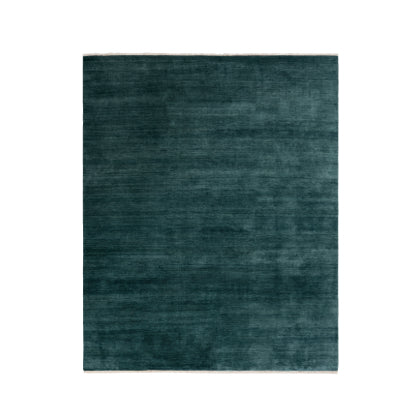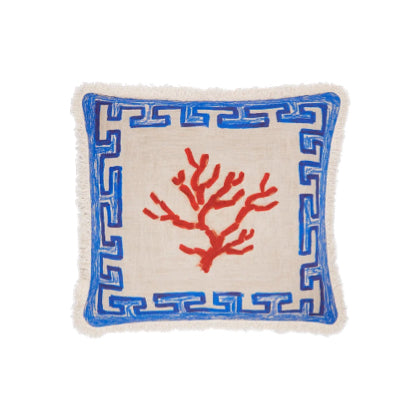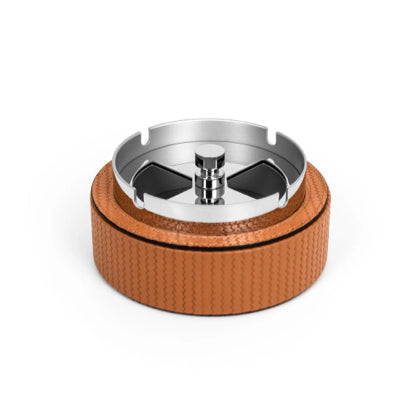Modernist decor
The Philosophy Behind Modernist Decor
By incorporating these elements into your home, you can create an environment that celebrates both history and modernity, offering a unique blend of past and present, all while embracing the principles of modern home decor.
The charm of modernist decor lies in its ability to create harmonious environments that feel both inviting and purposeful. By focusing on essential elements, minimalist furniture and clean lines come together to form spaces that are not only aesthetically pleasing but also functional. Our collection highlights these attributes, allowing you to curate your home with thoughtful pieces that reflect your personal style while adhering to the principles of modernism.
Understanding the roots of modernist decor can enhance your appreciation for the designs you choose. Each item in our collection tells a story of innovation and creativity, harkening back to a time when form followed function. By incorporating these elements into your home, you can create an environment that celebrates both history and modernity, offering a unique blend of past and present.
Mid century modern design emerged in the mid-20th century, particularly flourishing from the 1940s to the 1960s. This aesthetic is characterized by its clean lines, organic forms, and a harmonious blend of function and beauty. Designers such as Charles and Ray Eames, George Nelson, and Eero Saarinen became icons of this period, emphasizing simplicity and a connection to nature. The use of natural materials, like wood and leather, alongside innovative technologies, resulted in minimalist furniture that remains timeless. As the world embraced post-war optimism, mid century modern design reflected a new way of living that prioritized comfort and practicality.
Culturally, mid century modern design represents a significant shift in how people view their spaces. It broke away from the ornate, cluttered styles of the past, offering an aesthetic that feels both open and inviting. The integration of outdoor spaces into living areas was a hallmark of this design philosophy, further enhancing its appeal. As the years have passed, mid century modern has not only maintained its popularity but has also influenced contemporary design trends. Today, its legacy is evident in countless homes, showcasing a commitment to quality craftsmanship and functional beauty.
Minimalist furniture serves as a foundation for creating serene and uncluttered living spaces. This style emphasizes simplicity, functionality, and clean lines, often drawing inspiration from mid-century modern design. Selecting pieces that embody these principles not only enhances the aesthetic appeal of your home but also fosters a calming atmosphere. Each piece should serve a purpose while contributing to the overall harmony of your environment. When choosing minimalist furniture, consider the materials and colors that resonate with your personal style, ensuring they work cohesively within your space.
Styling with minimalist furniture can be both an art and a science. Begin by prioritizing key pieces that define your space, such as a sleek coffee table or a streamlined sofa. These focal points can set the tone for the rest of your decor. Pair them with subtle accents, like monochromatic cushions or understated wall art, to maintain the minimalist ethos. It's equally important to consider the layout; open spaces and strategic placement of furniture can create an inviting flow, making your home feel airy and spacious.
Caring for minimalist furniture is essential to maintaining its beauty and durability. Regular dusting and cleaning with gentle, non-abrasive products will help preserve the surfaces, while avoiding heavy or ornate decorations ensures that the minimalist aesthetic remains intact. Additionally, be mindful of direct sunlight, as it can fade fabrics and finishes over time. By giving attention to these details, you can enjoy your minimalist furniture for many years to come.

